Container Gardening Ideas for Vegetables
This is a series of the same title, with each part featuring a vegetable.
Part 5: BATWAN
I grew up in the Negros Island (the Philippines), and batwan (Garcinia binucao) is a staple fruit at home. My grandmother, whom I lived with for many years, ate pinamalhan nga isda (stewed-till-dry fish) every. single. day, and she used batwan to flavor the dish. In turn, I ate batwan everyday, too. (By the way, my grandmother passed on at 96 years old. Obviously, I suspect that batwan was one of the reasons for her long life.) As I write, my mouth waters thinking of the taste of batwan, steamed fish in batwan, and rice. Lol!
What is batwan?
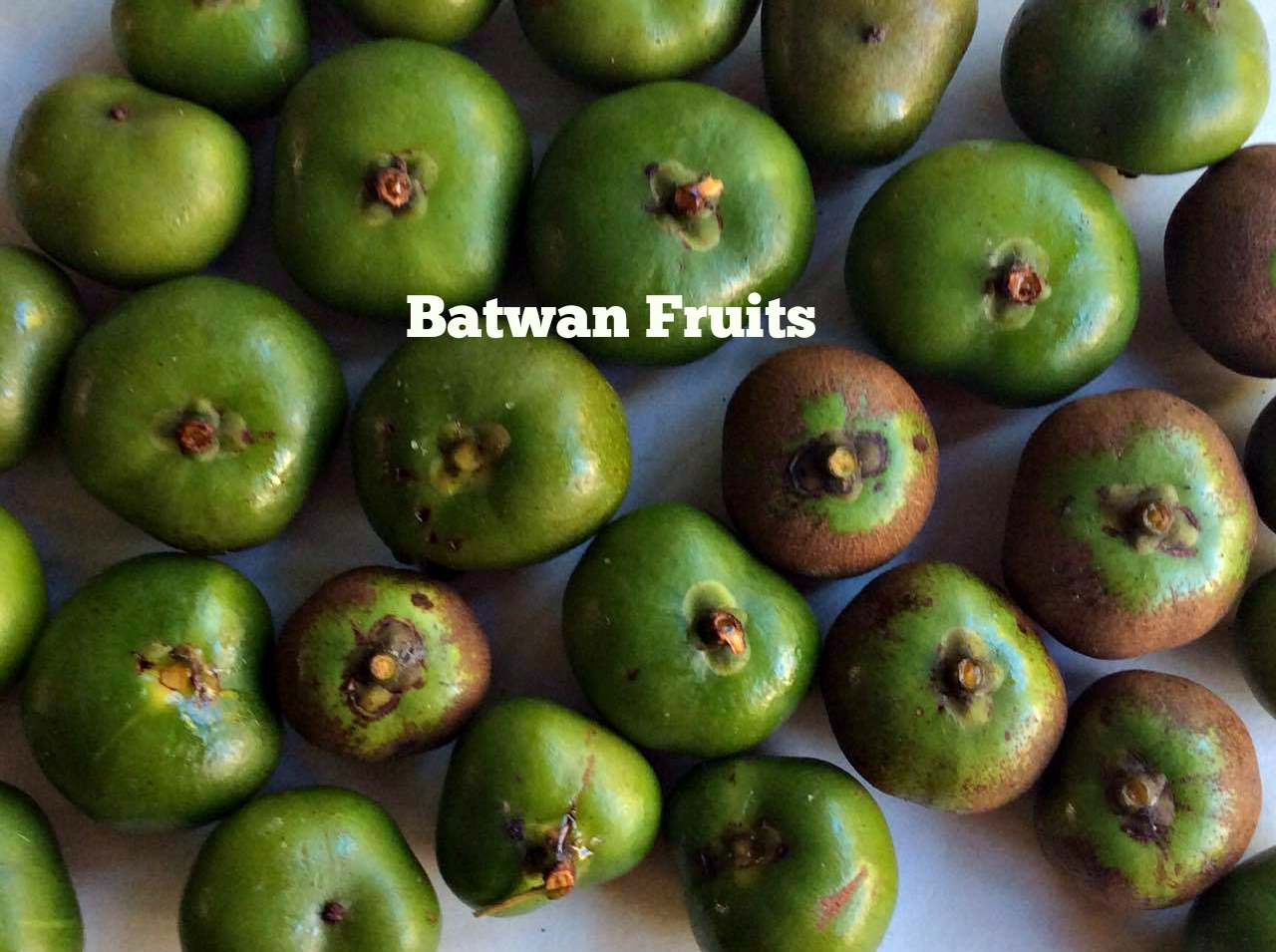
Batwan is a fruit of the batwan tree. In a report by the Department of Agriculture (DA) of the Philippines to the United Nations Food and Agricultural Organization (UN-FAO) (page 32), “batwan is indigenous to the Philippines, of wide distribution at low elevations, an evergreen tree, up to 15 or more meters high. Fruits are flattened, lemon yellow, 4 or more cm in diameter, with acid flesh.”
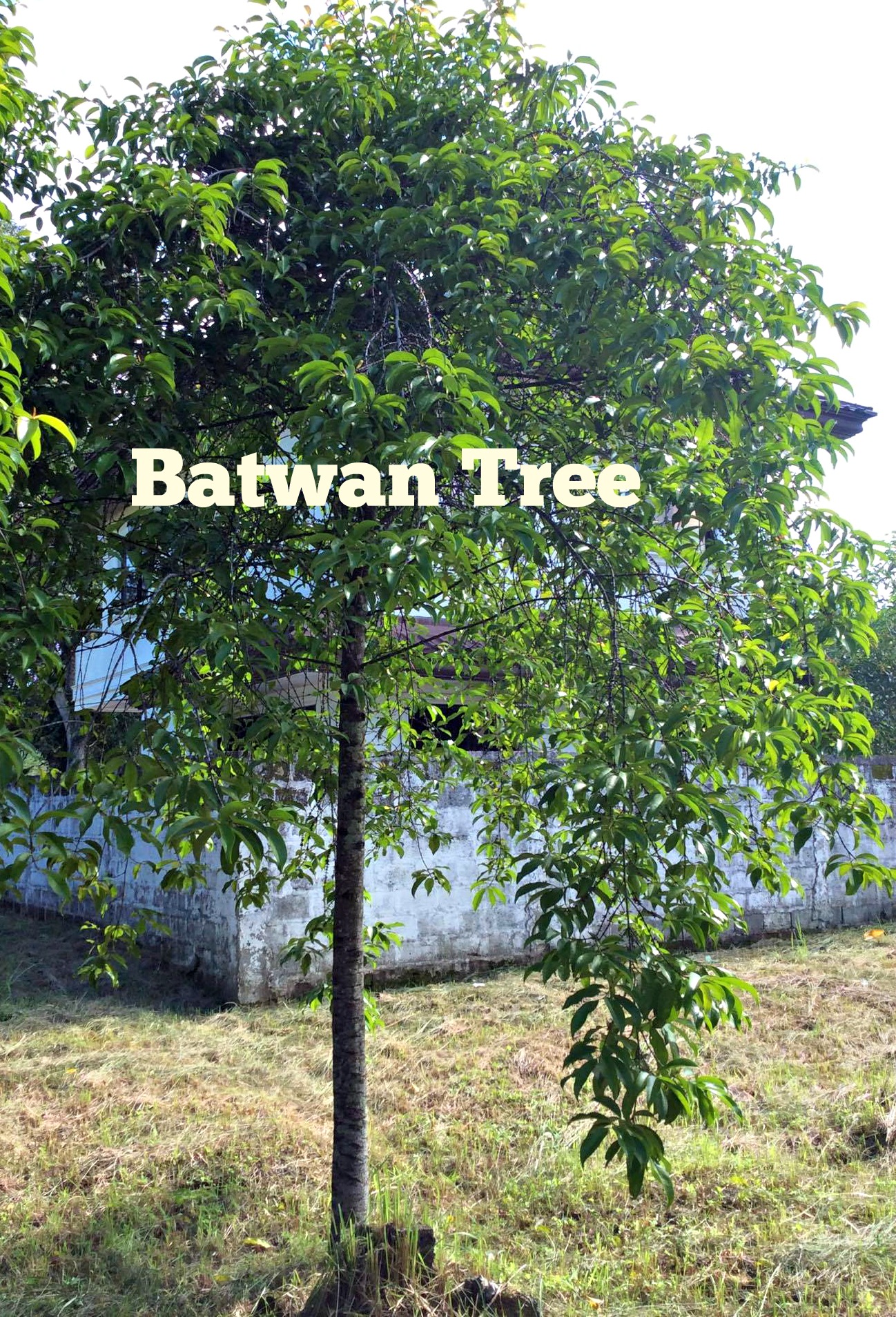
How does batwan taste?
The batwan tastes sour. In truth, I only eat cooked batwan, as I could not handle the sourness of fresh batwan fruit. Tam-an ka aslum! (Too sour for me!) Once batwan is cooked, it is still sour, but is now very manageable. It should be noted, its taste is close to the santol fruit.
Why plant batwan?
-
-
You can use batwan fruits and leaves to flavor your dishes.
- Here are 20 dishes cooked with batwan.
-
- Kansi (beef soup with sour broth). Sharyn’s Cansi Beef Soup is winner of the Top 50 World Street Food Masters 2017 (see # 32). You can watch a feature of Sharyn’s Cansi in this video. Their souring agent is the batwan. There’s a host of recipes online, and I’ll mention the one cooked by Chef JP Anglo, who hails from the Negros island. (Avoid the beef bouillon, though.)
- Pinamalhan nga isda sa batwan (stewed fish in batwan). “Pinamalhan” here means cooked until liquid evaporates.
- Kadyos, Baboy Langka (or KBL) (stewed pork with with pigeon pea and green jackfruit).
- Lechon with tanglad and batwan
- Fish sinigang with batwan
- Dinuguan sa batwan
- Inasluman nga bulad sa batwan
- Paksiw with ampalaya and batwan
- Tender pork belly cooked in batwan, langka and petchay on sour and spicy broth
- Bangus with takway and batwan
- Roasted Pork Sinigang Sa Batwan
- Batwan Roasted chicken
- Adobong pusit sa batwan, tomato, at sili
- Lauya nga pata nga may langka kag batwan
- Crispy pata braised in batwan
- Sinigang na pata with puso ng Saging and batwan
- Inubaran n mnok bisay with batwan
- Chicken Tinuom ng Iloilo
- Bangus paksiw with batwan
- Oxtail Sinigang soured with Batwan and Sampalok
-
- Here are 20 dishes cooked with batwan.
-
- Batwan has anticancer and antihypertensive properties.
-
- According to the study “Sterols and Triglyceride from the Fruit of Garcinia binucao“, batwan has β-sitosterol (beta-sitosterol), stigmasterol, and monounsaturated and saturated triglycerides.
-
- Beta-sitosterol, according to the US National Center for Biotechnology Information (NCBI), may have the potential for prevention and therapy for human cancer.
-
- Stigmasterol, according to the US National Center for Biotechnology Information (NCBI), have cholesterol-lowering properties (reducing cholesterol absorption in intestines), and may act in cancer prevention.
-
- Monounsaturated and saturated triglycerides, according to the University of Illinoi Extension, may help lower your blood cholesterol level.
3. Batwan has anti obesity property.
-
- Batwan contains hydroxycitric acid (HCA), a compound that is anti obesity. In the study, “Isolation and stability of hydroxycitric acid from Batuan [Garcinia Binucao (Blanco) Choisy] as affected by different processing methods“, they found that batwan contains 4.81 ± 0.12 to 4.83 ± 0.13 g/100 g sample HCA.
-
- In study reported by the US NCBI, “G cambogia reduced abdominal fat accumulation in subjects, regardless of sex, who had the visceral fat accumulation type of obesity, and no rebound effect was observed. It is therefore hypothesized that G cambogia may be useful for the prevention and reduction of accumulation of visceral fat.”
- G cambogia is a close cousin of G binucao (batwan).
4. Batwan seed can be processed as source of protein and amino acids.
-
- Per the study, “Extraction and Characterization of “Batuan” [ (Blco.) Choisy] Seed Protein“, Batuan seeds has a promising potential as an important sources of valuable proteins and amino acids for use as food supplement/enhancing ingredient.
How to plant batwan in container
Perhaps many people would think I went crazy by proposing to plant batwan in a container. Undoubtedly, I am. But, what choice do I have since I have a small garden? Besides, I want to find out how much batwan I could harvest when it’s planted in a container. I looked far and wide, and I didn’t find anyone who planted batwan in a container. Therefore, I’ll have to do it myself.
Having said that, I will also plant batwan in a vacant lot near my house. The vacant lot is not mine, so I really face the risk that the owner won’t like or need my batwan, and will cut it down in the future.
-
-
Container size.
-
- In the foregoing picture, the batwan tree is around 10-15 feet. Based on the recommended container size of the University of Florida, the minimum container size should be at least 20 gallons (typically about 18 to 20 inches wide and 16 to 18 inches deep).
- I used a container with dimension of 23 inches wide and 33 inches deep (below). I holed the sides and bottom of the drum for drainage.
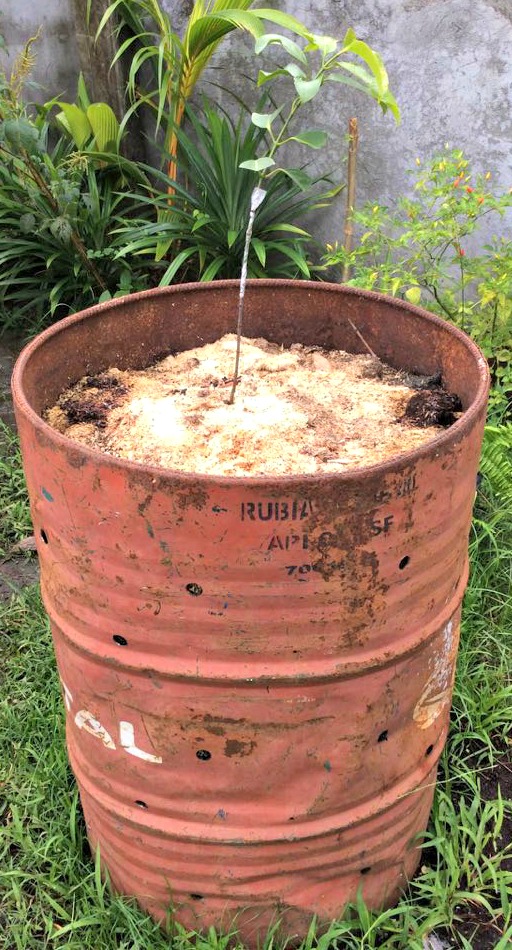
-
-
Soil
- Mixture of 2 parts semi-composted sawdust, 1 part top soil, 1/2 part cow manure, 1/2 part carbonized rice hull. I also added in egg shells and coffee grounds. Batwan’s home is the rich forest soil, and I will try to make my soil as rich as possible.
-
Seed germination
-
- I’ve interviewed some who said that they just buried the entire batwan fruit in the soil, others said that they segregated the seeds, and some said that they dried the seeds. Also, I was advised that germination is 2 weeks to 1 month.
- As for me, I’m trying 4 ways:
-
- One, I buried the entire mature fruit in the soil.
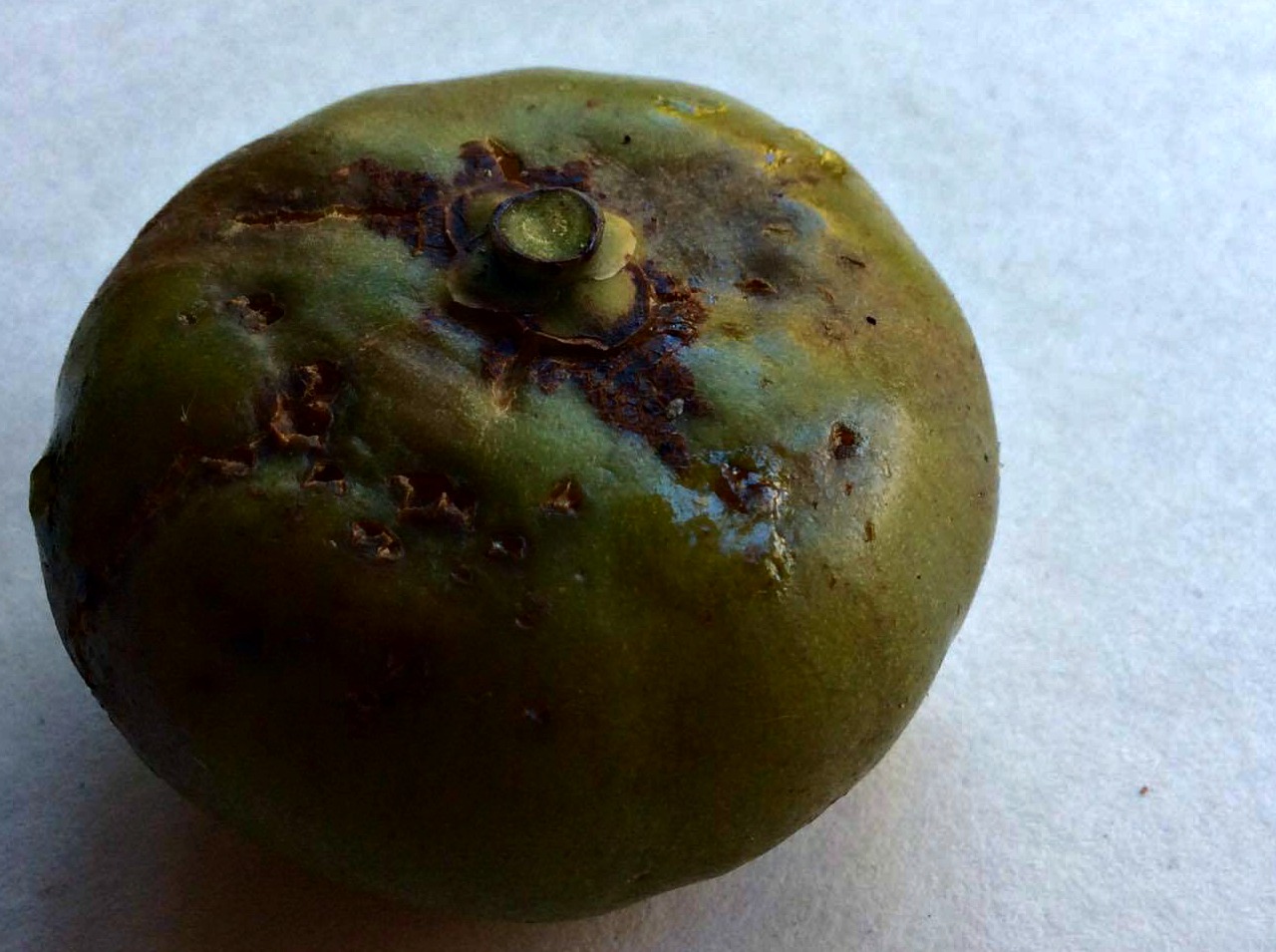
-
- Two, I separated the seeds, planted each one in the soil, and then covered it with soil.
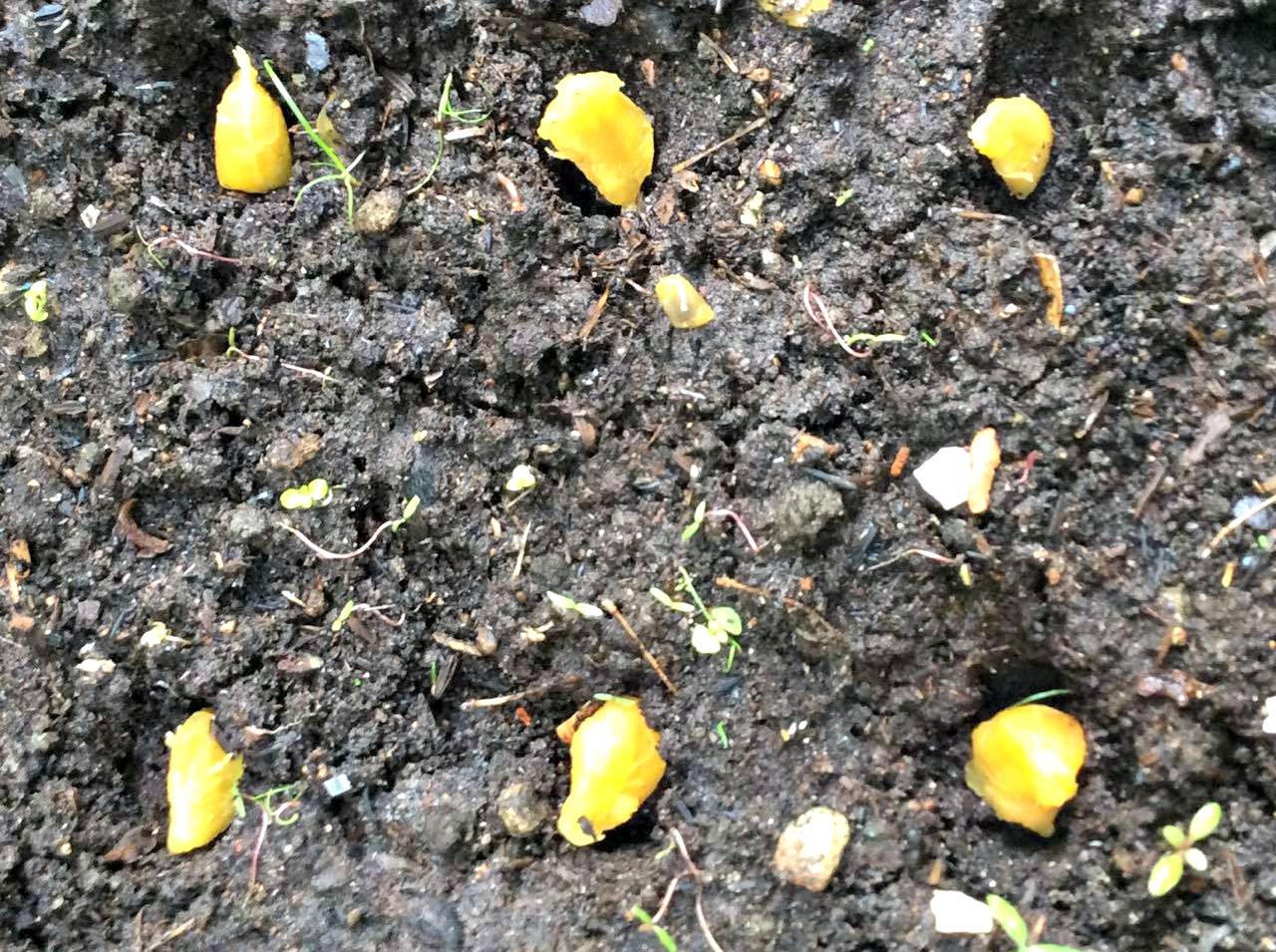
-
- Three, I dried the seeds first, and planted each one in the soil.
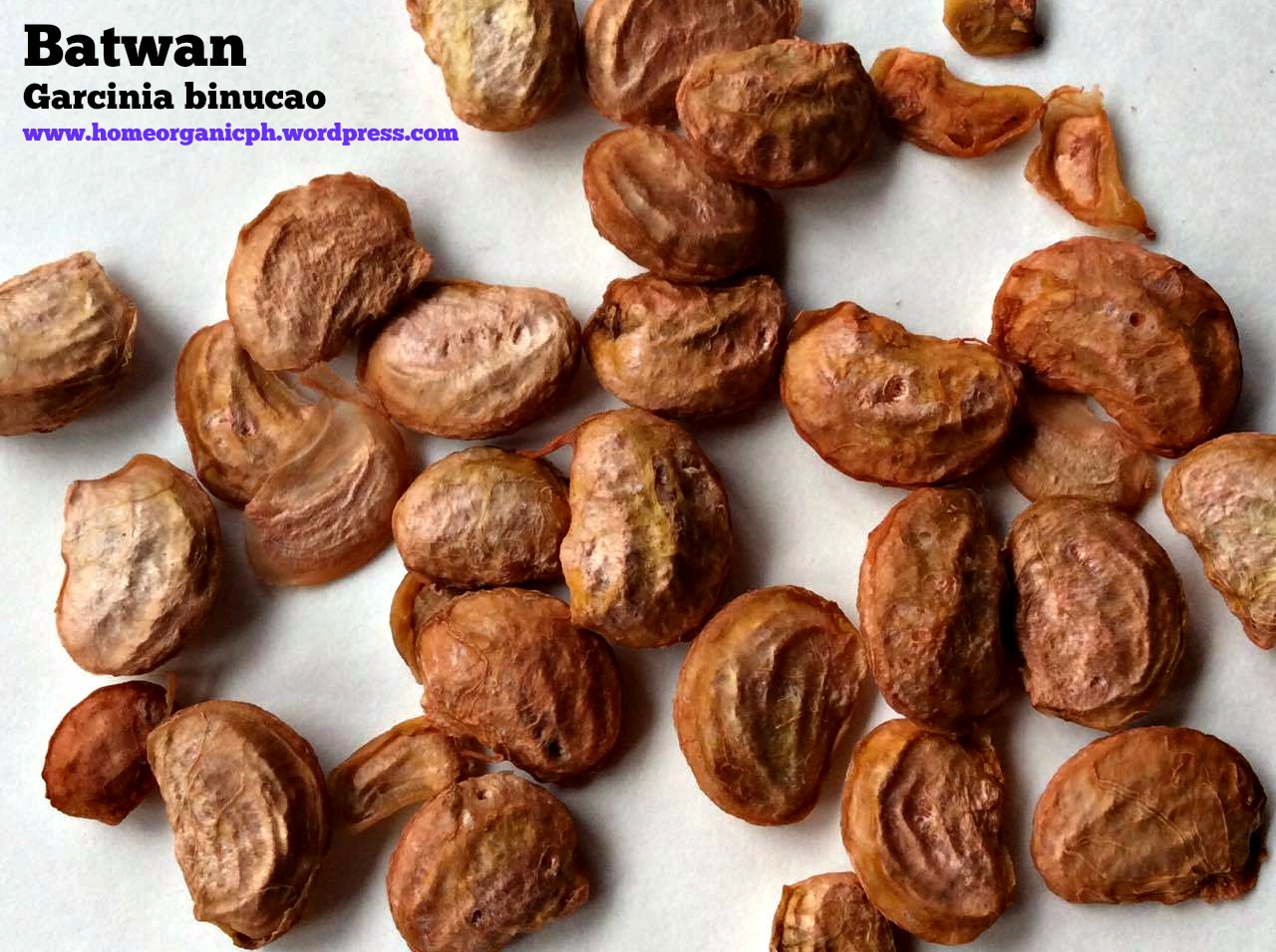
- Four, I planted the entire fruit (with grown stem and leaves) in the soil.
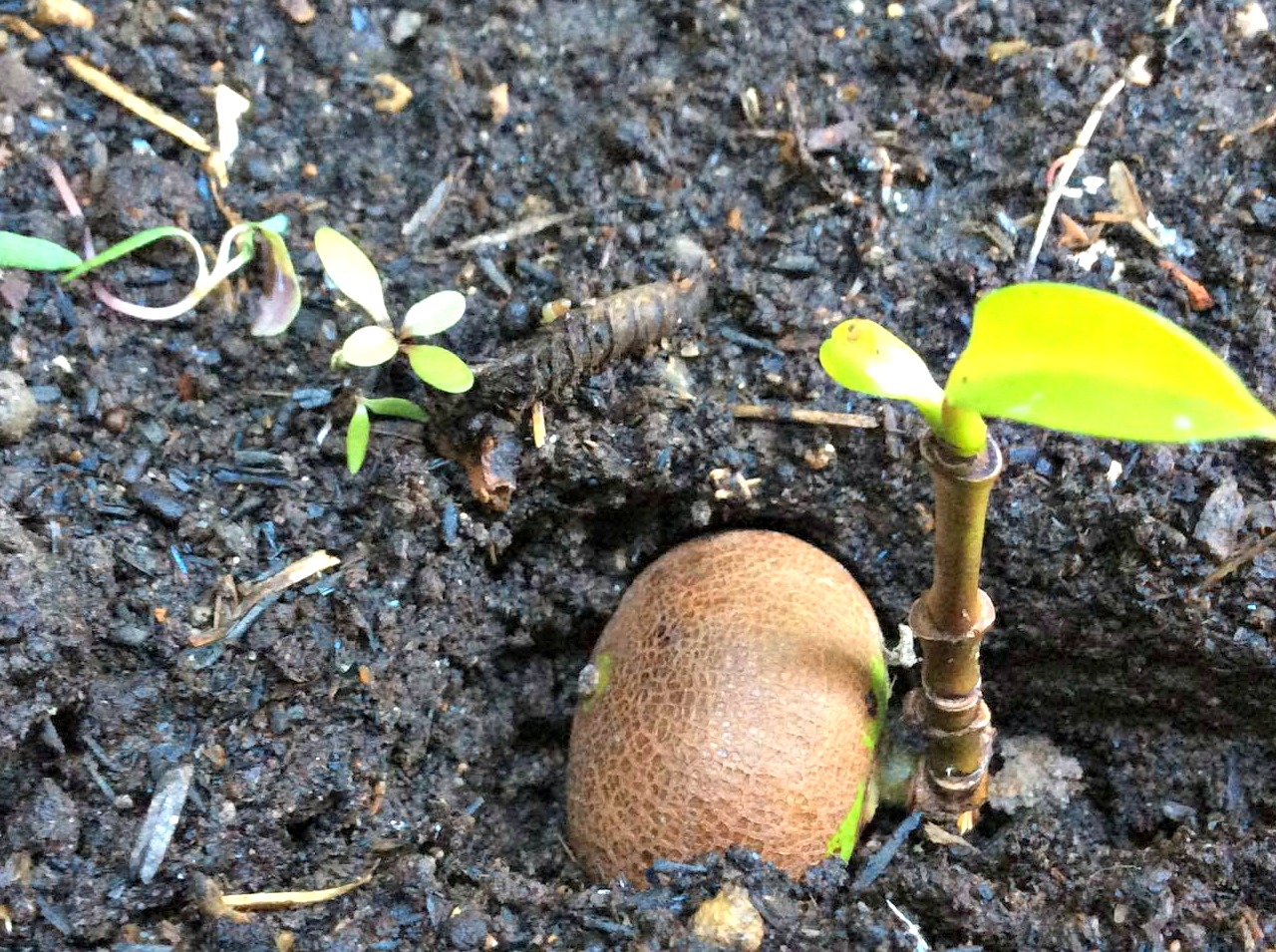
-
-
- I planted the earliest last August 2, and as of this writing (August 25), none has germinated yet.
-
- I will update this blog as the batwan seeds germinate and grow.
- I will plant some seeds in the vacant lot.
-
-
-
Seedling
- I also bought a grafted seedling, and this is what I planted in the container. Hopefully, I will be able to harvest earlier using the grafted batwan.
-
Care and maintenance
- I asked those who have batwan, and they swear that they didn’t really need to care for the tree. They just made sure that they water it when it was young. They didn’t point out pests, too. Unlike exotic species, it seems that the endemic batwan is easier to care for.
Where to source batwan
Whether seeds, seedlings, or fruit, you may visit the Shop page if you’d like to purchase some (see I.1. and II.4). Along with batwan, we also sell Philippine cinnamon seedlings.
Personally, I want to plant batwan in my garden to preserve my heritage and to make sure that my descendants will get to eat batwan long after I die. I will plant once, and it will bear fruit, forever. Undoubtedly, I feel it is a worthy legacy.
Updates as of September 1, 2017
I posted this article in social media, and here are some notable contributions from readers:
-
Didoy Cruz Fullon
-
- “I have batwan in pots and are fruiting already.”
-
- “I was surprised to see that they are low maintenance plants even in pots. They respond well to vermicast in soil or when sprayed as a tea. Happiest though when fed with banana tea.”
- “We already harvested the mature fruits to make kansî but I hope you can see new flowers emerging.”
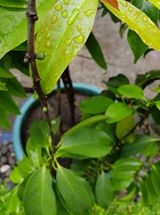
- “About 4ft tall”
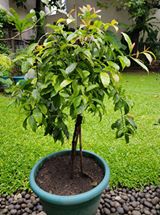
- “There is no male or female batuan. Look at where the fruit grows — on the branch itself and not from the smaller stems. My plant was 2+ yrs when it began to fruit. Grafted.”
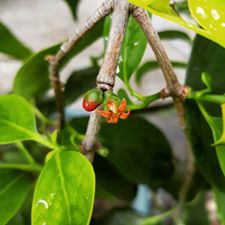
-
-
Jyothish Pm
-
- “Didnt know it grew there too ( wont argue the nativity) we call it irawi or binukaya. Pickled, sauced, cooked with fish etc.”
-
- “Different regions (in India) use it for different things. There is also a cold drink apparently.”
- “Kokum Sherbet or Kokum Juice“
-
- “Made in Goa and Maharshtra with Garcinia indica fruits a close species from the same genus. I personally don’t like it and prefer the green or yellow ones.”
- “In india we have a few different species (the one in Kerala is called locally binu kaya G. Binucao sounds interesting -possible european replant?). Most frequent species all the way from south to east is G. Morella. G. Indica only grows in the south west. G. Morella is called Tamala in sanskrit and is used in ayurveda for a few thousand years now for stomach trouble.”
- “Tamala is green fruit has 4 sections.”
-
-
Joe Real
-
- “Do a bark inversion when the plant is two years old. It is in my public album.”
- ” You would need a male and female batwan.”
-
==========================================================================


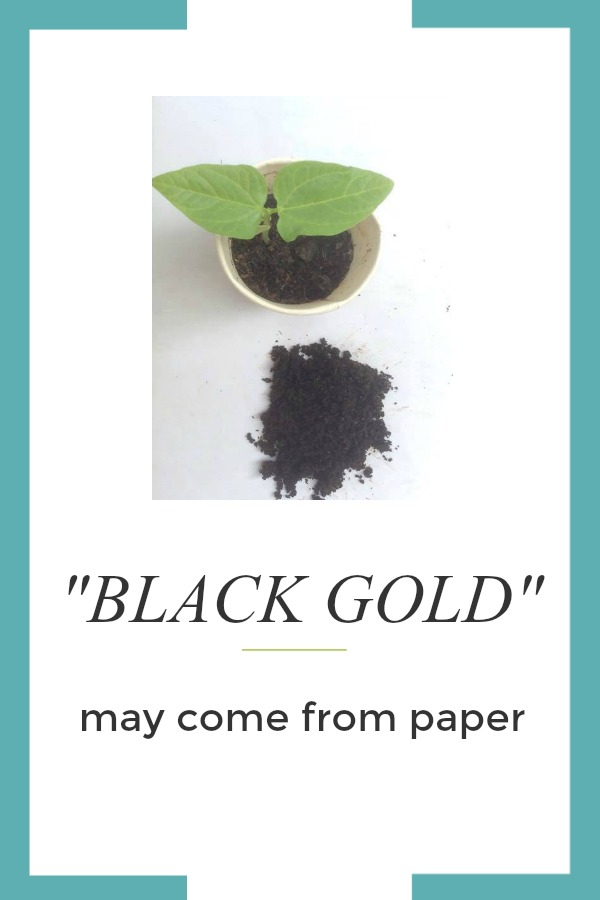
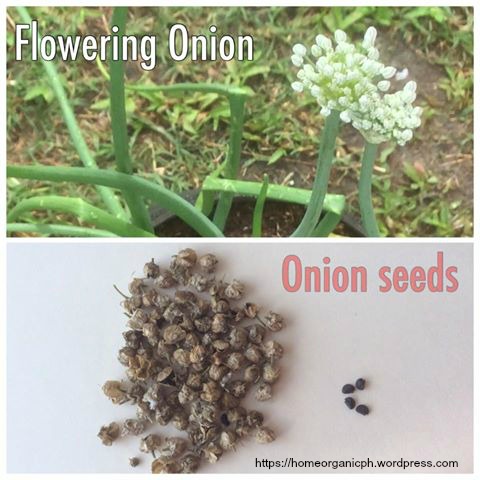
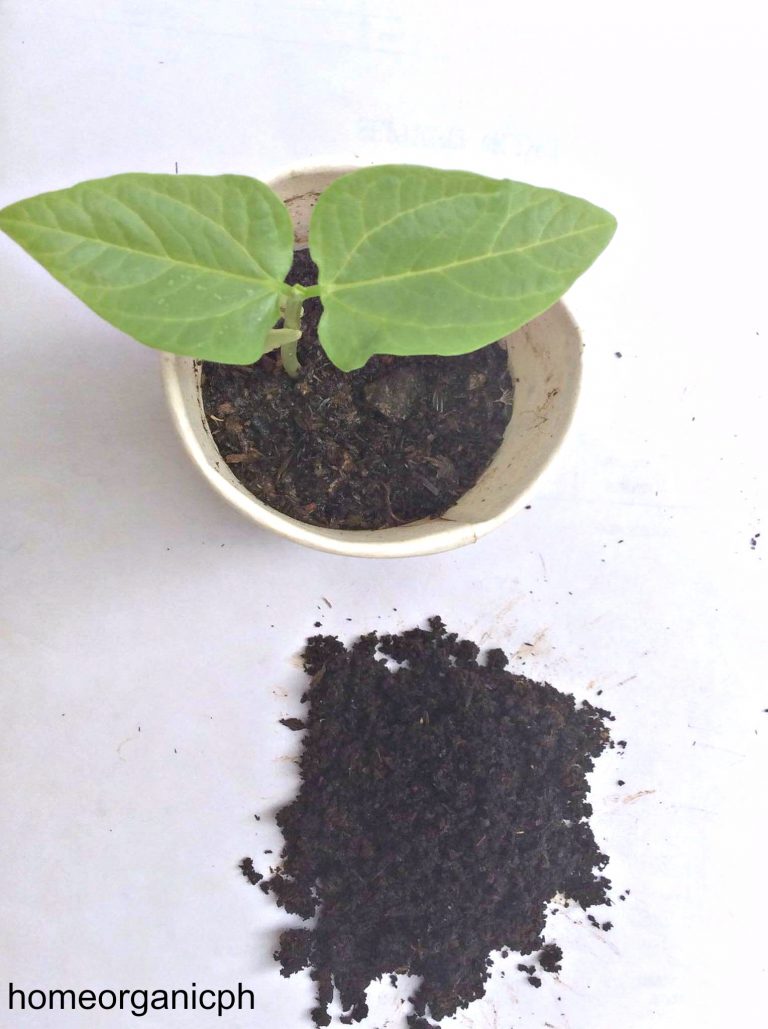
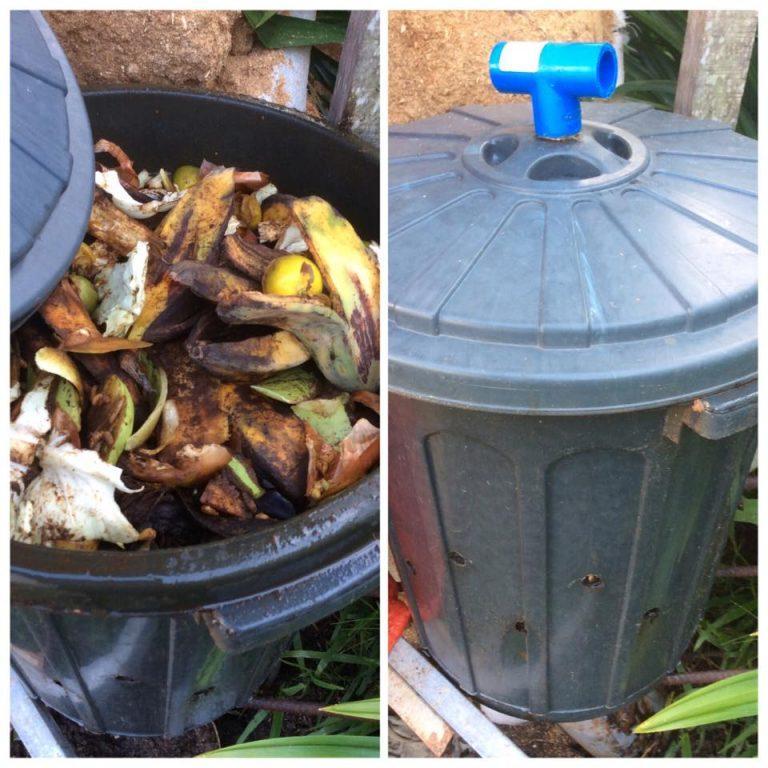
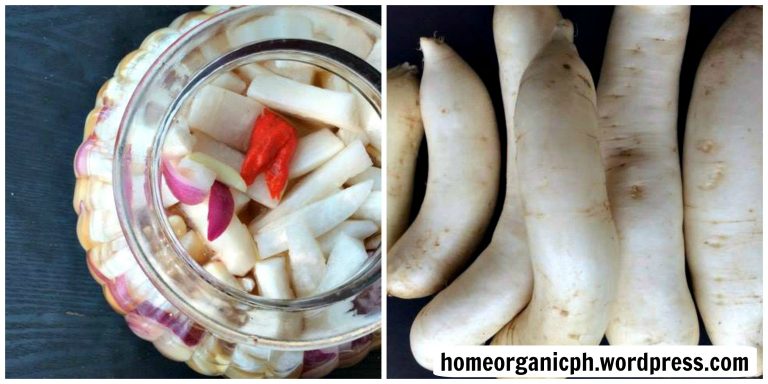


Hello. I had been looking for dried batwan. Pwede humingi ng favor? Pwede ako bumili nito please? thanks Doreen
Hi Doreen, yes, sure!
Hi Doreen, would you kindly email me at novemebrcanieso@yahoo.com please? Thank you.
May i know if you still have fruits that can be planted and if you have pictures of the growing flower/fruit of it? Thanks and god bless.
Hi Cris! Yes to both questions. I also replied to your message in FB.
can i also buy seeds mam?
Hi Jordan! Thank you for your interest. Yes, I have batwan seeds and seedlings (regular and grafted). Please feel free to call us at 09175418462 (Globe) or 09399187020 (Sun/Smart). TY.